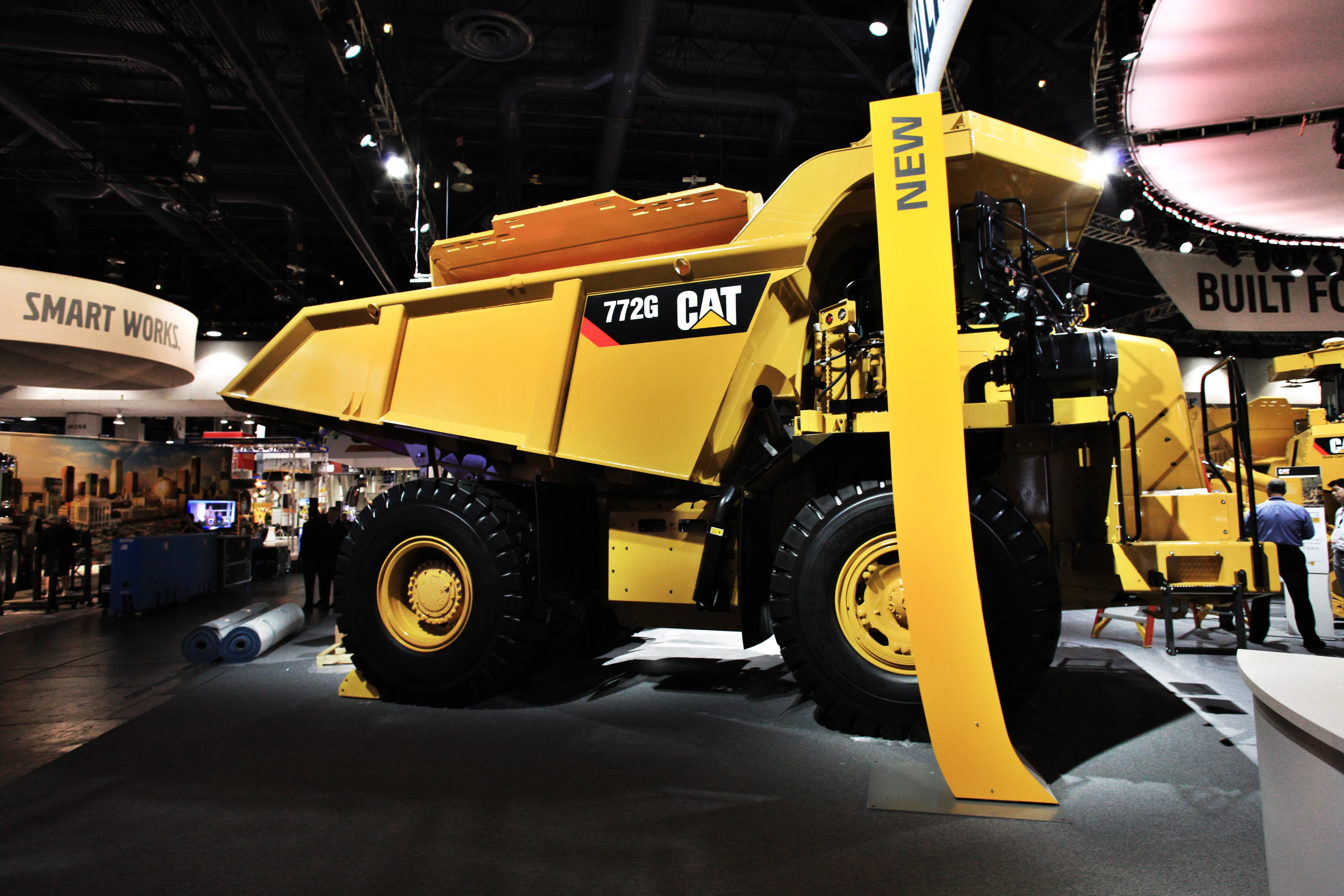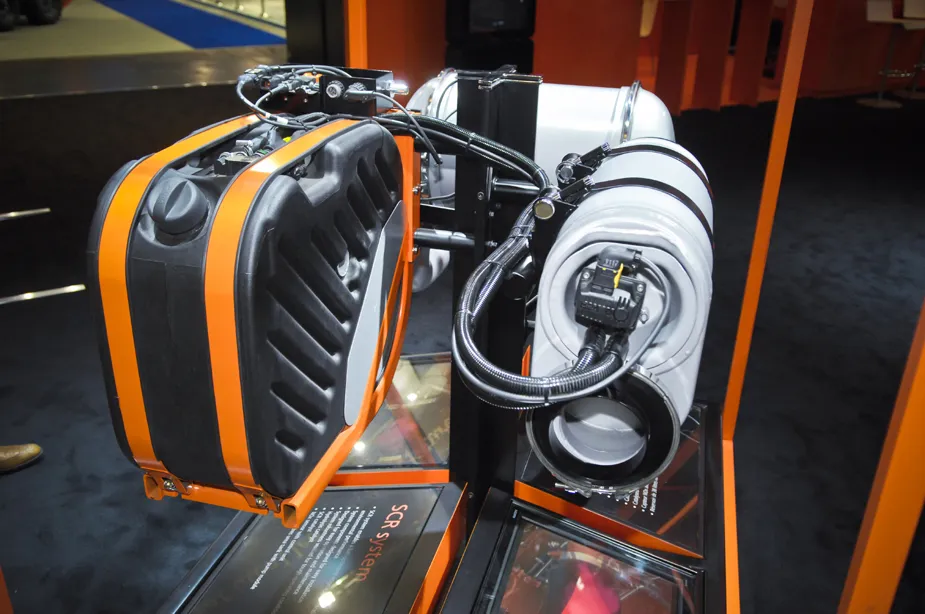Increased productivity and reduced cycle times are key features of Caterpillar’s latest 770G and 772G off-highway trucks. Major upgrades have been made in emissions technology, transmission and traction control systems, helping to boost output onsite. The new 770G has a nominal capacity of 36.3tonnes and is powered by a Cat C15 diesel rated at 356kW while the 772G offers a payload of 47.1tonnes and is driven by a Cat C18 diesel delivering 410kW. The trucks are designed to meet the needs of worldwide market
January 23, 2014
Read time: 2 mins

Increased productivity and reduced cycle times are key features of 178 Caterpillar’s latest 770G and 772G off-highway trucks. Major upgrades have been made in emissions technology, transmission and traction control systems, helping to boost output onsite. The new 770G has a nominal capacity of 36.3tonnes and is powered by a CAT C15 diesel rated at 356kW while the 772G offers a payload of 47.1tonnes and is driven by a CAT C18 diesel delivering 410kW. The trucks are designed to meet the needs of worldwide markets and are available in Tier 2/Stage II, Tier 3/Stage III, and Tier 4 Final/Stage IV variants. Two programmable modes are available: Economy and Adaptive Economy. Economy Mode lets the customer reduce power by 0.5-15%. Meanwhile the Adaptive Economy Mode monitors power demand, delivering fuel savings when possible and power when needed, to ensure good fuel economy and performance.
Caterpillar's solution for the Tier 4 Final emission standards on the C15 and C18 engines is through Selective Catalytic Reduction (SCR). The new transmission control system, Advanced Productivity Electronic Control Strategy (APECS), boosts shift quality, provides faster acceleration and better speed on grade. An optional advanced Traction-Control System is offered that uses the service brakes instead of the park Brake components to modulate wheel slip.
The frame designs have been modified to more balance weight and durability. Welds in critical stress areas are double-sided and ultrasonically tested to ensure integrity. High-strength steel is used throughout the frames to absorb the stress of impact loads, while proven box section construction manages torsion loads.
The 770G and 772G have a new four post ROPS/FOPS structure that is integral with the high visibility cab. The trucks come as standard with the firm’s sophisticated VIMS 3G, Caterpillar's Vital Information Management System, Truck Production Management System (TPMS), TKPH (tonne kilometre/hour) tyre management system, and Product Link (Standard or Cellular). The Advisor display in the cab provides an on-board interface for these information systems.
%$Linker:2 Asset <?xml version="1.0" encoding="utf-16"?><dictionary /> 2 12692 0 oLinkExternal www.CAT.com Caterpillar web false /EasySiteWeb/GatewayLink.aspx?alId=12692 false false %>
Caterpillar's solution for the Tier 4 Final emission standards on the C15 and C18 engines is through Selective Catalytic Reduction (SCR). The new transmission control system, Advanced Productivity Electronic Control Strategy (APECS), boosts shift quality, provides faster acceleration and better speed on grade. An optional advanced Traction-Control System is offered that uses the service brakes instead of the park Brake components to modulate wheel slip.
The frame designs have been modified to more balance weight and durability. Welds in critical stress areas are double-sided and ultrasonically tested to ensure integrity. High-strength steel is used throughout the frames to absorb the stress of impact loads, while proven box section construction manages torsion loads.
The 770G and 772G have a new four post ROPS/FOPS structure that is integral with the high visibility cab. The trucks come as standard with the firm’s sophisticated VIMS 3G, Caterpillar's Vital Information Management System, Truck Production Management System (TPMS), TKPH (tonne kilometre/hour) tyre management system, and Product Link (Standard or Cellular). The Advisor display in the cab provides an on-board interface for these information systems.
%$Linker:








